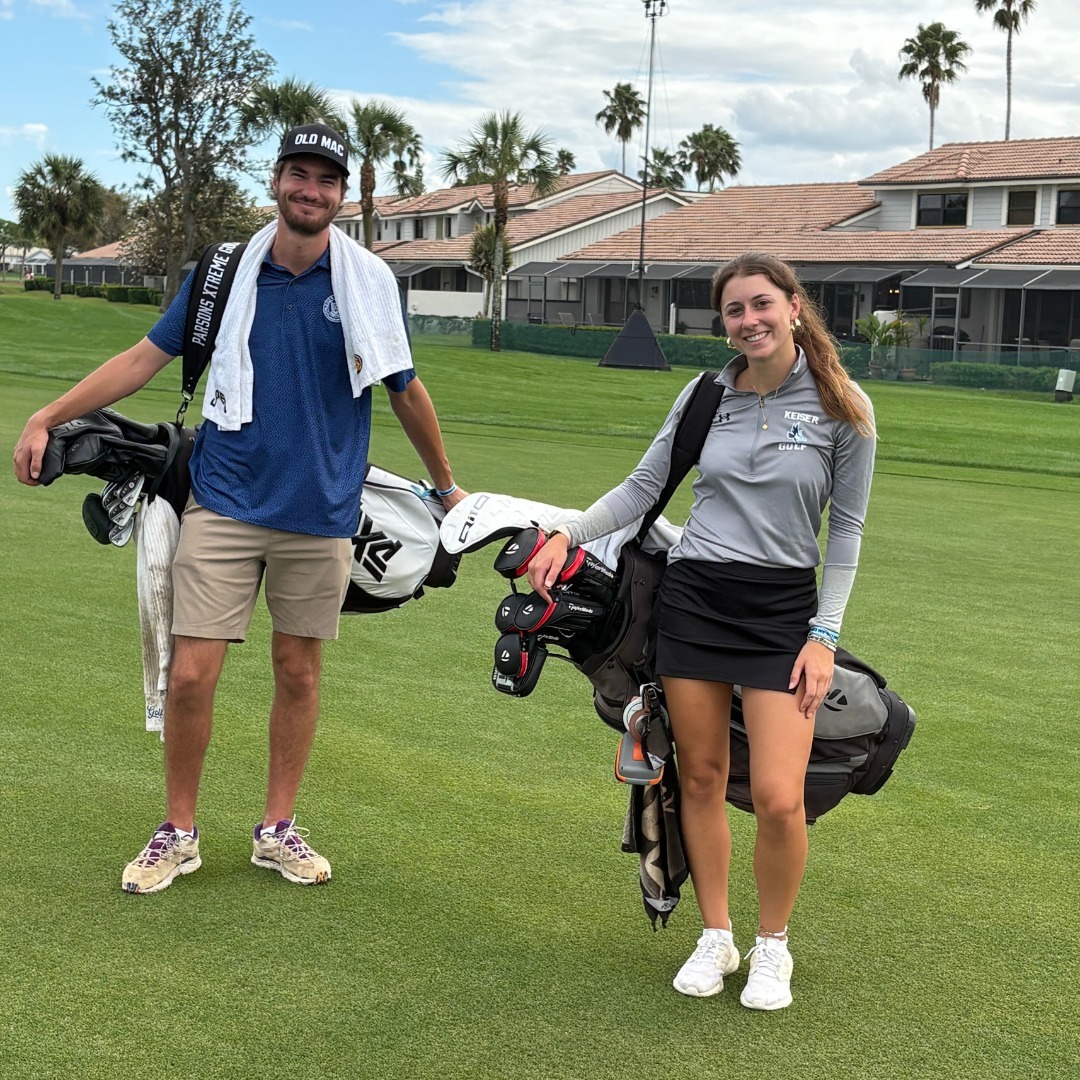S.S. Edmund Fitzgerald
- Home Page 24

Homeschool Uniforms
Here are direct links to the articles and blog posts I mentioned (or very close matches where the exact title varied slightly but the content aligns perfectly):
- Why Your Homeschool Might Need a School Uniform (Yes, Really!) from Kingdom First Homeschool:
https://kingdomfirsthomeschool.com/homeschool-might-need-school-uniform/ - Uniforms for Homeschool? Three reasons why we do. from Catholic All Year:
https://catholicallyear.com/blog/uniforms-for-homeschool-three-reasons/ - Why Homeschool Uniforms May Not Be Such a Crazy Idea from Weird, Unsocialized Homeschoolers:
https://www.weirdunsocializedhomeschoolers.com/homeschool-uniforms/ - Homeschool Uniforms: Why? from Cosmic Montessori School:
https://www.cosmicmontessorischool.com/homeschool-uniforms-why/ - DIY Homeschool Uniform from Inspirited Mom:
https://inspiritedmom.com/diy-homeschool-uniform/
College
London Fog
Bowdoin College Statement of Financial Position: June 2023 | $3.046B
Maine Miscellany | State of Maine Building Codes| Bowdoin College Chapel (SGH Architects)
EMMA University of Maine System Revenue Bonds
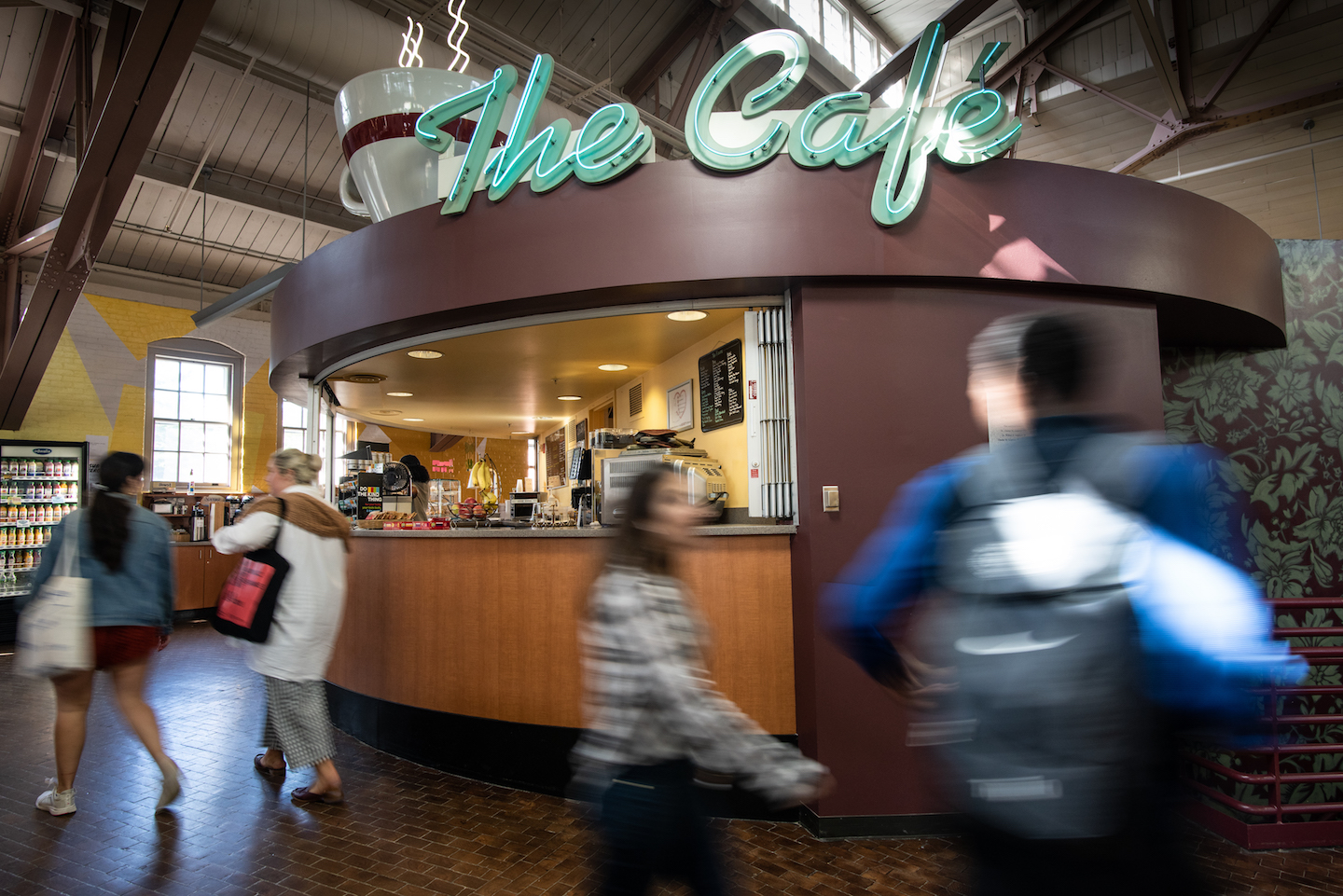
The Cafe’s London Fog | Yield: 16oz
Ingredients
16oz Cup
1 Earl Grey tea bag
1oz Vanilla syrup
11oz Hot water
4oz Steamed milk
Steps
1. Fill the cup with hot water
2. Add vanilla syrup
3. Add tea bag
4. Top with steamed milk
Peter Boghossian (VQ, Portland State University): Critical Thinking, Failing Universities, etc.
Maine is the only rural state led by Democrats
vv
Family Weekend is coming up fast! It is an opportunity for families and friends to connect with campus and to learn about life at Bowdoin. The dates this year are October 21-23rd. Go check out the website here to get details. https://t.co/z1xx28Y2ZX pic.twitter.com/y456C8dhCJ
— Bowdoin College (@BowdoinCollege) October 15, 2022
Fall Field Sport
Today we continue drilling into the transcript of proposed changes the International Code Council Group B tranche of titles relevant to our safety and sustainability agenda with particular interest in places of assembly for athletic activity. Use the login credentials at the upper right of our home page.
Complete Monograph of the April 27 – May 6 Proposed Changes heard April 27-May6 in Orlando: Complete Monograph (2630 pages)
Results of the April meetings to be heard at the October 22-30 Hearings in Cleveland Ohio: 2025 REPORT OF THE COMMITTEE ACTION HEARING (CAH1)
Proposals of interest today:
S71-25 Table 1607 Minimum Uniformly Distribution Live Loads (for stadiums) – Page 1089
S74-25 1607.9 Loads on stadium handrails, guards, grab bars and seats – Page 1098
Video of spectator balcony railing collapse that killed 7 college students in Bolivia – Page 1102
Related coverage:
— MythoAmerica 🌲 (@MythoAmerica) August 31, 2024
New to the women’s golf team is freshman Bjarnadottir, a business management major from Mosfellsbaer, Iceland.
For the full story on Bjarnadottir and her fellow Icelandic team mates: https://t.co/hasWxCRNiC pic.twitter.com/AZACImpXqQ
— Newman University (@NewmanU) October 22, 2025
Sport Scoreboards
Building, operating, and maintaining athletic scoreboards requires a range of technologies, including hardware and software components. These are central features in nearly every athletic event, governing the state of play and attendee response.
Scoreboard Hardware: A range of hardware components, including display panels, control consoles, sound systems, and wiring, is necessary to build an athletic scoreboard. While there are no universal standards for LED displays in athletic scoreboards, but there is a common vocabulary used by manufacturers and installers follow to ensure quality, performance, and safety:
-
- Brightness and Contrast: LED displays should be bright enough to be visible from a distance, but not so bright that they cause glare or eye strain. The contrast ratio between the LED display and the surrounding environment should be optimized for visibility.
- Pixel Density and Resolution: The pixel density and resolution of an LED display should be appropriate for the size of the scoreboard and the viewing distance. Higher pixel density and resolution can improve the clarity and detail of the scoreboard display.
- Color Accuracy: Athletic scoreboards often display team colors and logos, so color accuracy is important. LED displays should be capable of reproducing colors accurately and consistently.
- Refresh Rate: The refresh rate of an LED display refers to how quickly the display can update its image. A higher refresh rate can reduce motion blur and improve the clarity of fast-moving action on the scoreboard.
- Environmental Factors: Athletic scoreboards are often exposed to outdoor elements such as sunlight, rain, and extreme temperatures. LED displays should be designed and manufactured to withstand these environmental factors and maintain their performance over time.
- Safety: Athletic scoreboards should be designed and installed to minimize the risk of injury to players or spectators. This may include factors such as the height and location of the scoreboard, the durability of the display panels, and the strength of mounting hardware.
Power Reliability. Event timing and attendee emergency egress systems rest upon best practice found in Chapter 2 and Chapter 7 of NFPA 70 National Electrical Code and NFPA 110 Standard for Emergency and Standby Power Systems.
Lightning Protection. CLICK HERE for our coverage of the “30-30 Rule”
Operation and Maintenance Safety. Because so many scoreboards are occupiable the Chapter 3 Occupancy Classification and Chapter 10 (Means of Egress) of the International Building Code applies. Many are several stories high requiring attention to stairway construction details.
Control Software: Software that enables the scoreboard operator to input game data and control the scoreboard display is essential.
Mass Notification: Egress and Evacuation requirements are asserted in NFPA 72 – National Fire Alarm and Signaling Code.
Audio Standards: lorem ipsum
Wireless Communications: Many modern athletic scoreboards use wireless communication systems to connect the scoreboard control console to the scoreboard display. This allows for greater flexibility in installation and reduces the need for cabling.
LED Technology: LED technology has revolutionized athletic scoreboards in recent years. LED displays offer superior brightness, color accuracy, and energy efficiency compared to traditional scoreboards but must conform to local night-sky regulations.
Power Management Systems: Athletic scoreboards require significant amounts of power to operate, and efficient power management systems are necessary to ensure reliable and continuous operation. Maintaining temperatures — heating and cooling within specification — is a priority for maximum operable life.
Maintenance and Diagnostic Tools: To maintain and troubleshoot athletic scoreboards, specialized tools and software are necessary. This may include diagnostic software, specialized cables, and other testing equipment.
Overall, the technologies required to build, operate, and maintain athletic scoreboards are diverse and constantly evolving. A range of specialized hardware and software components, as well as skilled technicians, are necessary to ensure that athletic scoreboards remain functional and reliable.
Join us today at 11 AM/ET (15:00 UTC) when we review best practice literature. Open to everyone. Use the login credentials at the upper right of our home page. This topic is also tracked by experts in the IEEE Education & Healthcare Facilities Committee which meets online 4 times monthly in Central European and American time zones and is also open to everyone.
ICC 300 Bleachers, Folding Seating, Grandstands
COMPLETE MONOGRAPH: 2024 GROUP A PROPOSED CHANGES TO THE I-CODES
Play is the making of civilization—how one plays the game
more to the point than whether the game is won or lost.
The purpose of this standard is to establish the minimum requirements to safeguard health, safety and general welfare through structural strength, means of egress facilities, stability and safety to life and property relative to the construction, alteration, repair, operation and maintenance of new and existing temporary and permanent bench bleacher, folding and telescopic seating and grandstands. This standard is intended for adoption by government agencies and organizations setting model codes to achieve uniformity in technical design criteria in building codes and other regulations.
FREE ACCESS: Standard on Bleachers, Folding and Telescopic Seating, and Grandstands
We are tracking the changes in the transcripts linked below:
ICC 300-2020 edition Public Input Agenda – January 2022
ICC 300-2017 edition Public Comment Draft – October 2017
Consensus Committee on Bleacher Safety (IS-BLE)
This title is on the standing agenda of our Sport, Olahraga (Indonesian), رياضة (Arabic), colloquia. You are welcomed to join us any day at with the login credentials at the upper right of our home page.
2024/2025/2026 ICC CODE DEVELOPMENT SCHEDULE
Virtual reality technology in evacuation simulation of sport stadiums
Code of Practice for Emergency Sound Systems at Sports Venues

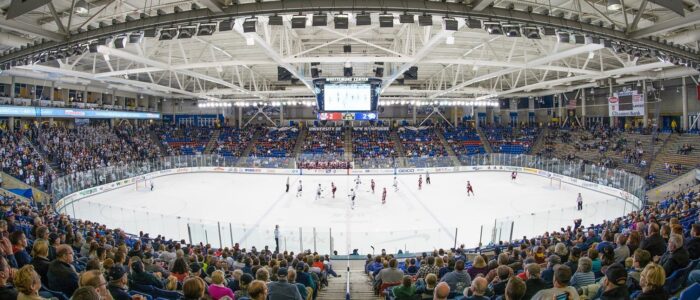
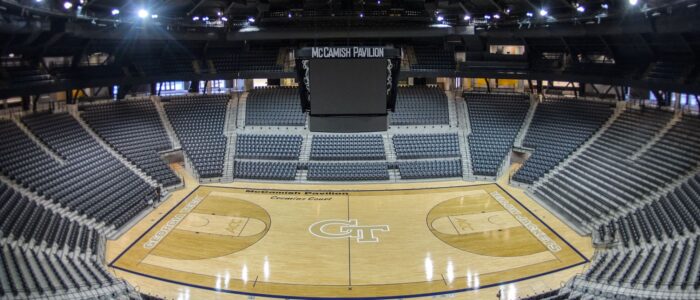
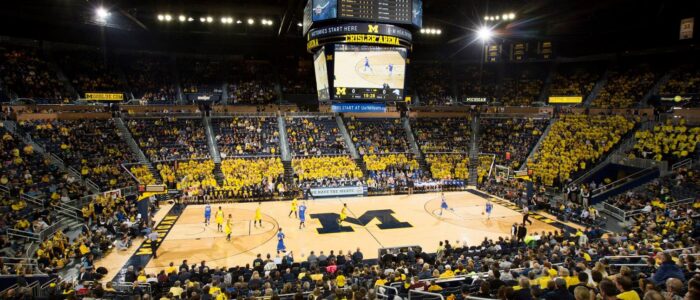
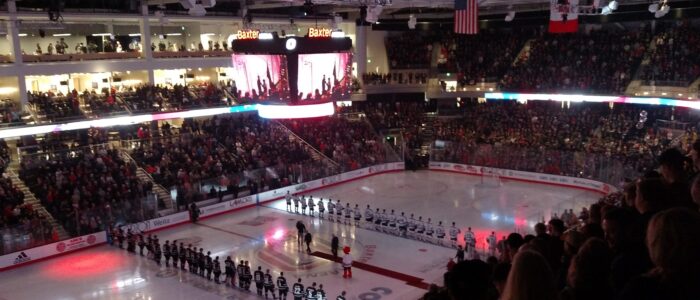
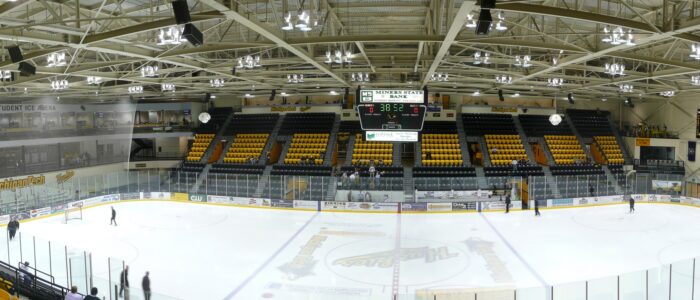

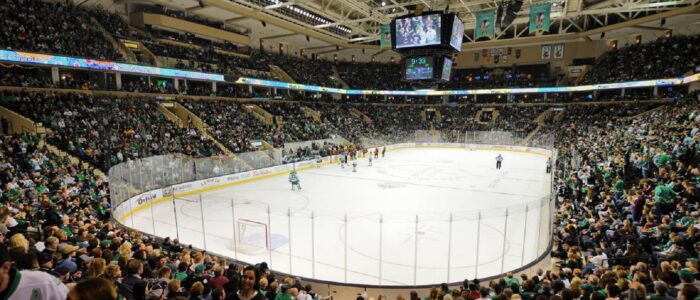
Posted December 6, 2019
At the April International Code Council Group A Hearings there were three candidate code changes related to the safety standard of care for athletic venues:
E104-18 (§ 1017 regarding exit travel distances) | PDF Page 218 of the Complete Monograph
F9-18 (§ 304 regarding spaces under bleachers) | PDF Page 1021 of the Complete Monograph
F135-18 (§ 907 regarding communication systems for open air bleachers) | PDF Page 1296 of the Complete Monograph
These concepts will likely be coordinated with another ICC regulatory product — ICC 300 – Standard on Bleachers, Folding and Telescopic Seating, and Grandstands — covered here previously. ICC 300 is a separate document but some of the safety concepts track through both.
The ICC Public Comment Hearings on Group A comments in Richmond Virginia ended a few days ago (CLICK HERE). The balloting is being processed by the appropriate committee and will be released soon. For the moment, we are happy to walk through the proposed changes – that will become part of the 2021 International Building Code — any day at 11 AM Eastern time. We will walk through all athletic and recreation enterprise codes and standards on Friday, November 2nd, 11 AM Eastern time. For access to either teleconference, click on the LIVE Link at the upper right corner of our home page.
Category: Athletics & Recreation, Architectural, Public Safety
Contact: Mike Anthony, Richard Robben, Jack Janveja
LEARN MORE:
Posted October 19, 2017
The International Code Council has launched a new revision cycle for its consensus document — ICC 300 – Standard on Bleachers, Folding and Telescopic Seating, and Grandstands. The purpose of the effort is the development of appropriate, reasonable, and enforceable model health and safety provisions for new and existing installations of all types of bleachers and bleacher-type seating, including fixed and folding bleachers for indoor, outdoor, temporary, and permanent installations. Such provisions would serve as a model for adoption and use by enforcement agencies at all levels of government in the interest of national uniformity.
Comments are due December 4th. The document is free. You may obtain an electronic copy from: https://www.iccsafe.org/codes-techsupport/standards/is-ble/. Comments may be sent to Edward Wirtschoreck, (888) 422-7233, ewirtschoreck@iccsafe with copy to psa@ansi.org)
* With some authority, we can claim that without Standards Michigan, many education industry trade associations would not be as involved in asserting the interest of facility managers in global consensus standards development processes. See ABOUT.
Tennis Courts (Outdoor)
This facility is a key hub for UIL (University Interscholastic League) tennis in the Dallas-Fort Worth area,
GMC Varsity WIN 5-0 today against the Princeton Vikings! Great job ladies! #GoHawks @EAST_HAWKS Sycamore tomorrow AWAY! BRING IT, LADIES!!! pic.twitter.com/kEVXsFDzKM
— Lakota East Girls Tennis (@LEHSGirlsTennis) September 9, 2021
𝔸𝕋𝕃𝔸ℕ𝕋𝔸 𝕆ℙ𝔼ℕ
Andres Martin receives a wild card into the 2023 @ATLOpenTennis open for College Night! #TogetherWeSwarm | #AtlantaOpen
🔗: https://t.co/ZdwaQDfF0i pic.twitter.com/FkVVO4cAsV
— Georgia Tech Men’s Tennis (@GT_MTEN) June 27, 2023
Modular Classrooms
Complete Monograph International Building Code
Note the following proposed changes in the transcript above: E59-24, F62-24, Section 323
Modular classrooms, often used as temporary or semi-permanent solutions for additional educational space, have specific requirements in various aspects to ensure they are safe, functional, and comfortable for occupants. Today we will examine best practice literature for structural, architectural, fire safety, electrical, HVAC, and lighting requirements. Use the login credentials at the upper right of our home page.
Structural Requirements
- Foundation and Stability: Modular classrooms require a stable and level foundation. This can be achieved using piers, slabs, or crawl spaces. The foundation must support the building’s weight and withstand environmental forces like wind and seismic activity.
- Frame and Load-Bearing Capacity: The frame, usually made of steel or wood, must support the load of the classroom, including the roof, walls, and occupants. Structural integrity must comply with local building codes.
- Durability: Materials used should be durable and capable of withstanding frequent relocations if necessary.
Architectural Requirements
- Design and Layout: Modular classrooms should be designed to maximize space efficiency while meeting educational needs. This includes appropriate classroom sizes, storage areas, and accessibility features.
- Accessibility: Must comply with the Americans with Disabilities Act (ADA) or other relevant regulations, ensuring accessibility for all students and staff, including ramps, wide doorways, and accessible restrooms.
- Insulation and Soundproofing: Adequate insulation for thermal comfort and soundproofing to minimize noise disruption is essential.
Fire Safety Requirements
- Fire-Resistant Materials: Use fire-resistant materials for construction, including fire-rated walls, ceilings, and floors.
- Sprinkler Systems: Installation of automatic sprinkler systems as per local fire codes.
- Smoke Detectors and Alarms: Smoke detectors and fire alarms must be installed and regularly maintained.
- Emergency Exits: Clearly marked emergency exits, including doorways and windows, with unobstructed access paths.
Electrical Requirements
- Electrical Load Capacity: Sufficient electrical capacity to support lighting, HVAC systems, and educational equipment like computers and projectors.
- Wiring Standards: Compliance with National Electrical Code (NEC) or local electrical codes, including proper grounding and circuit protection.
- Outlets and Switches: Adequate number of electrical outlets and switches, placed conveniently for classroom use.
HVAC (Heating, Ventilation, and Air Conditioning) Requirements
- Heating and Cooling Systems: Properly sized HVAC systems to ensure comfortable temperatures year-round.
- Ventilation: Adequate ventilation to provide fresh air and control humidity levels, including exhaust fans in restrooms and possibly kitchens.
- Air Quality: Use of air filters and regular maintenance to ensure good indoor air quality.
Lighting Requirements
- Natural Light: Maximization of natural light through windows and skylights to create a pleasant learning environment.
- Artificial Lighting: Sufficient artificial lighting with a focus on energy efficiency, typically using LED fixtures. Lighting should be evenly distributed and glare-free.
- Emergency Lighting: Battery-operated emergency lighting for use during power outages.
By adhering to these requirements, modular classrooms can provide safe, functional, and comfortable educational spaces that meet the needs of students and staff while complying with local regulations and standards.
Related:
New update alert! The 2022 update to the Trademark Assignment Dataset is now available online. Find 1.29 million trademark assignments, involving 2.28 million unique trademark properties issued by the USPTO between March 1952 and January 2023: https://t.co/njrDAbSpwB pic.twitter.com/GkAXrHoQ9T
— USPTO (@uspto) July 13, 2023
Standards Michigan Group, LLC
2723 South State Street | Suite 150
Ann Arbor, MI 48104 USA
888-746-3670




